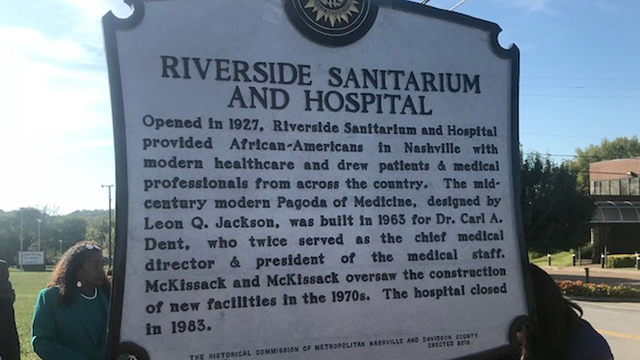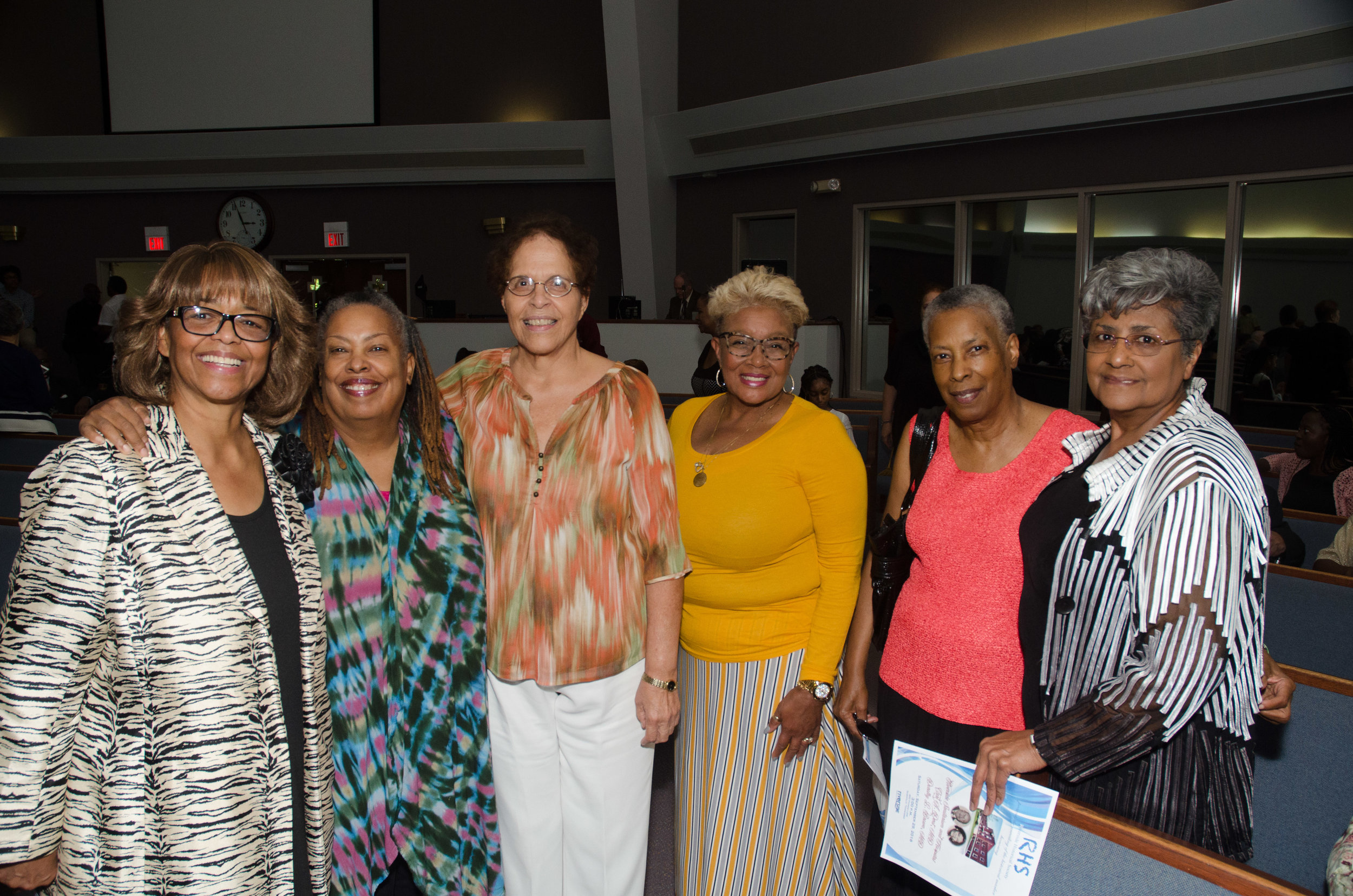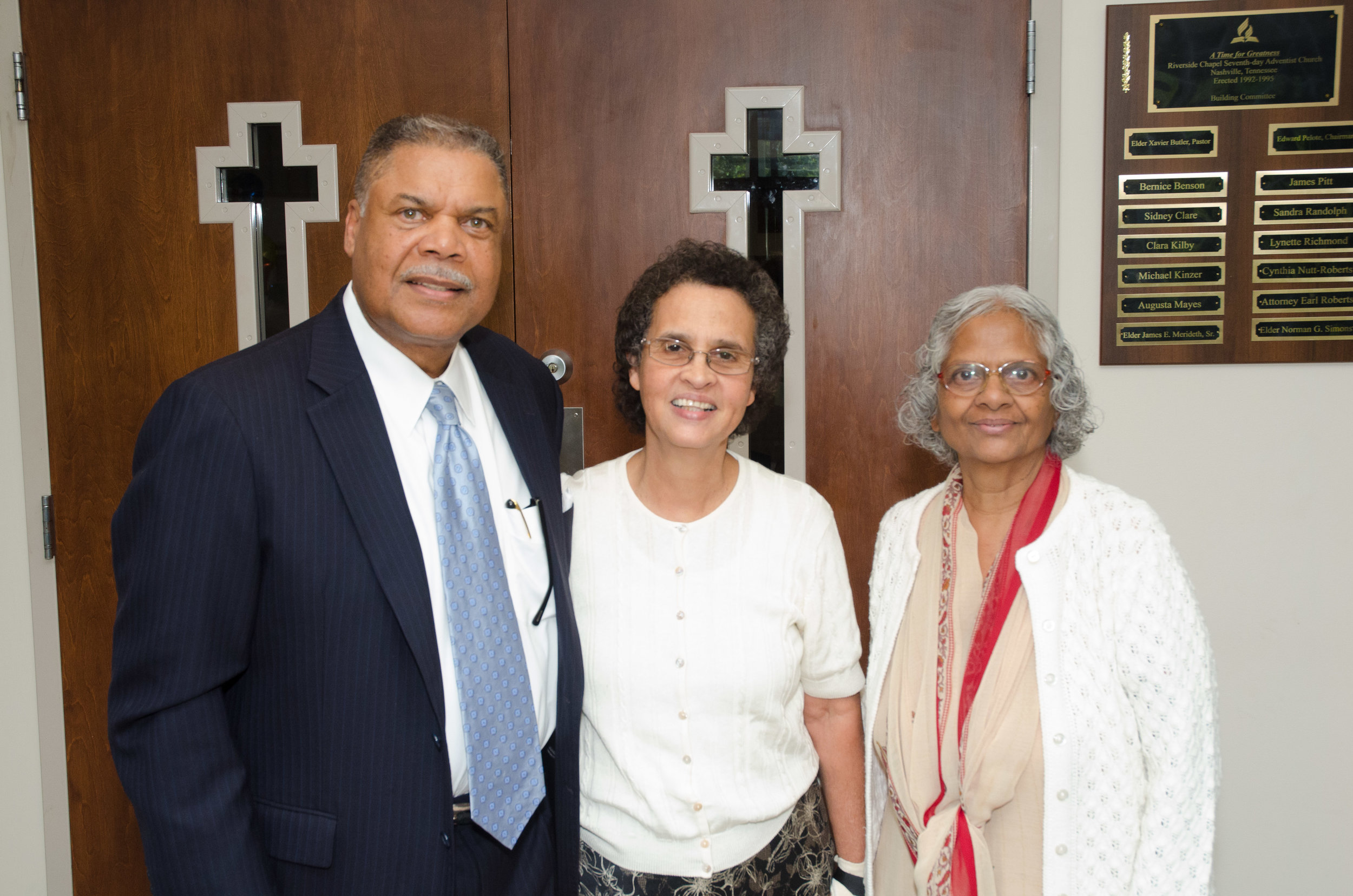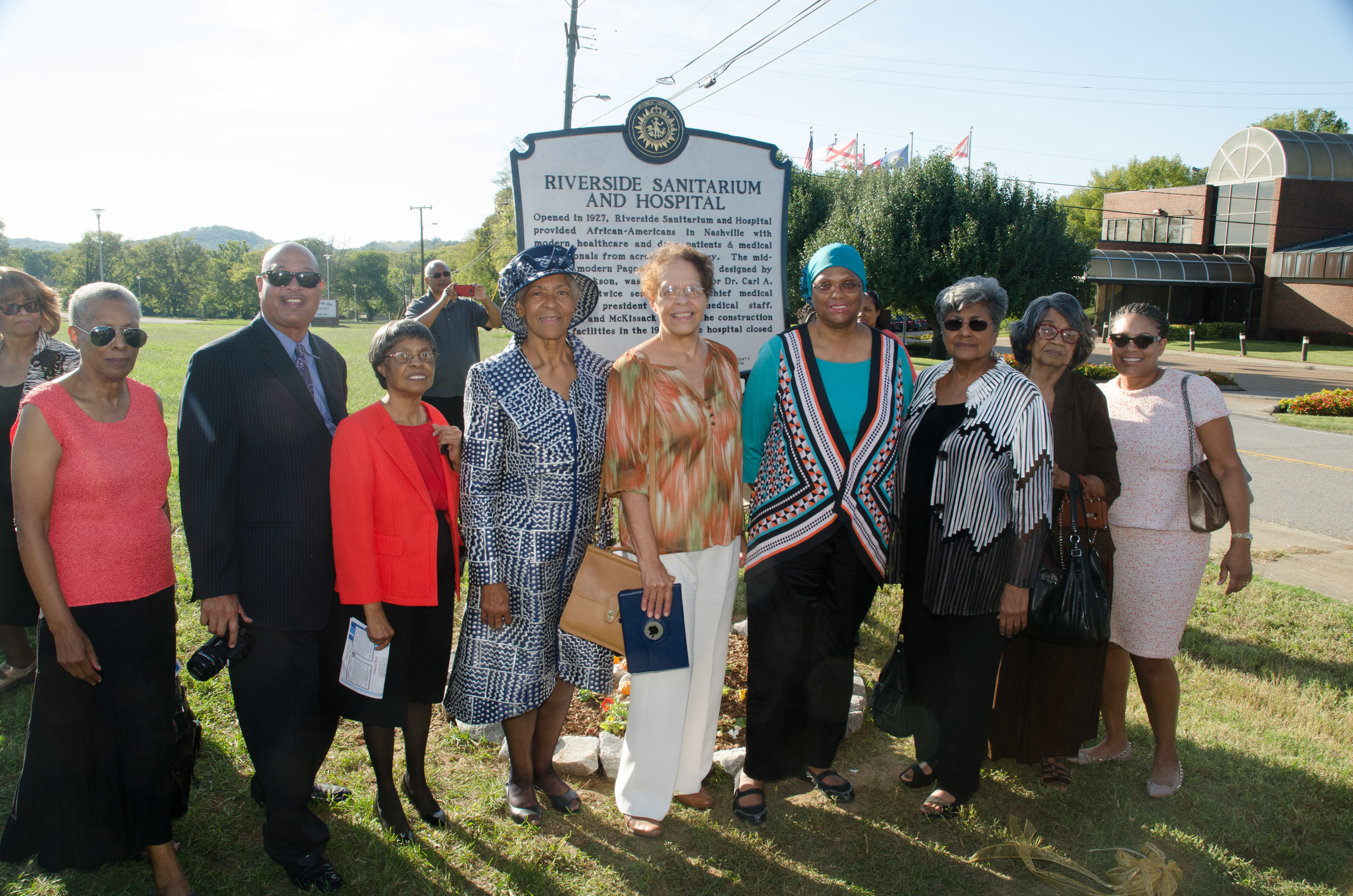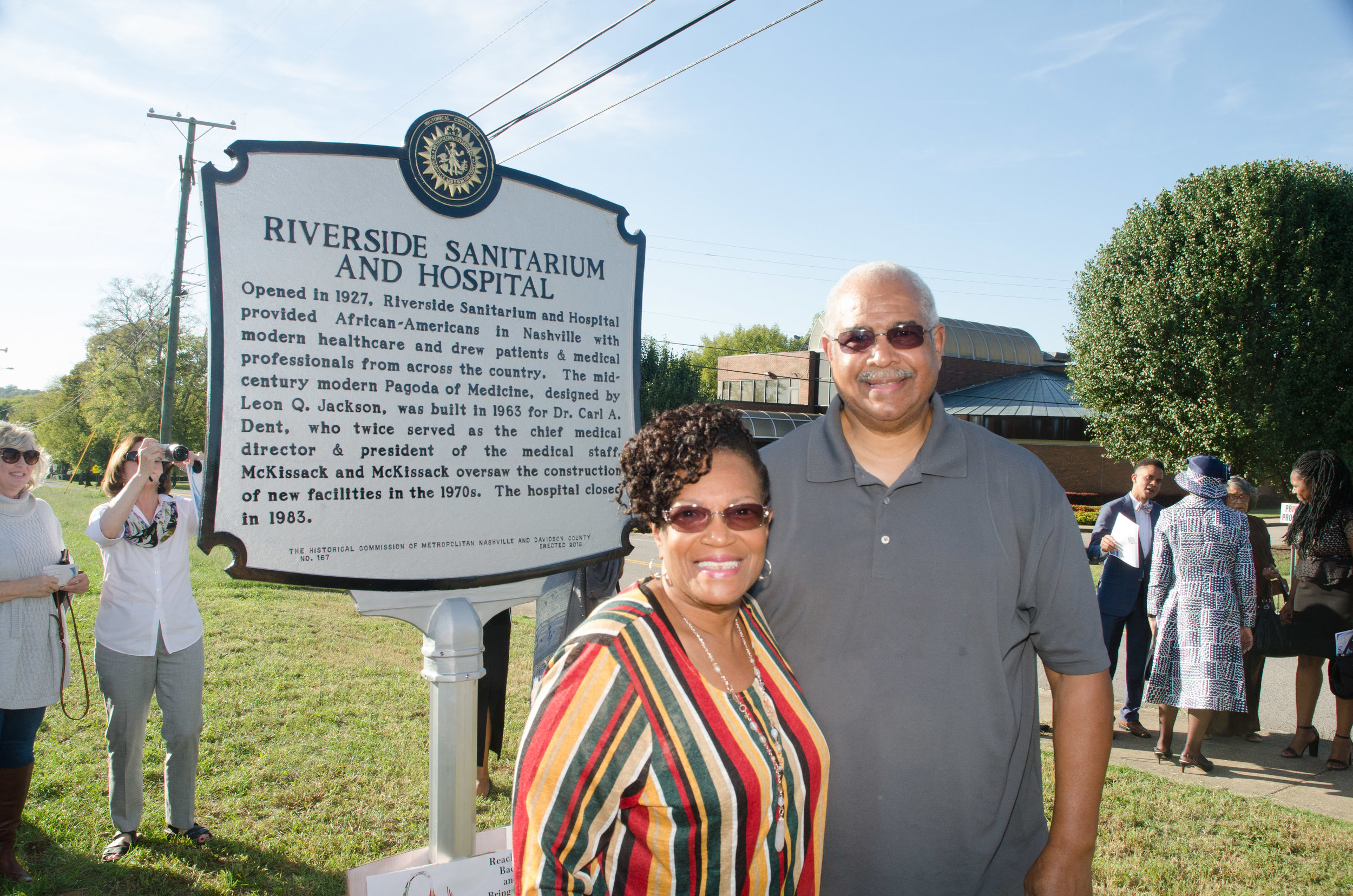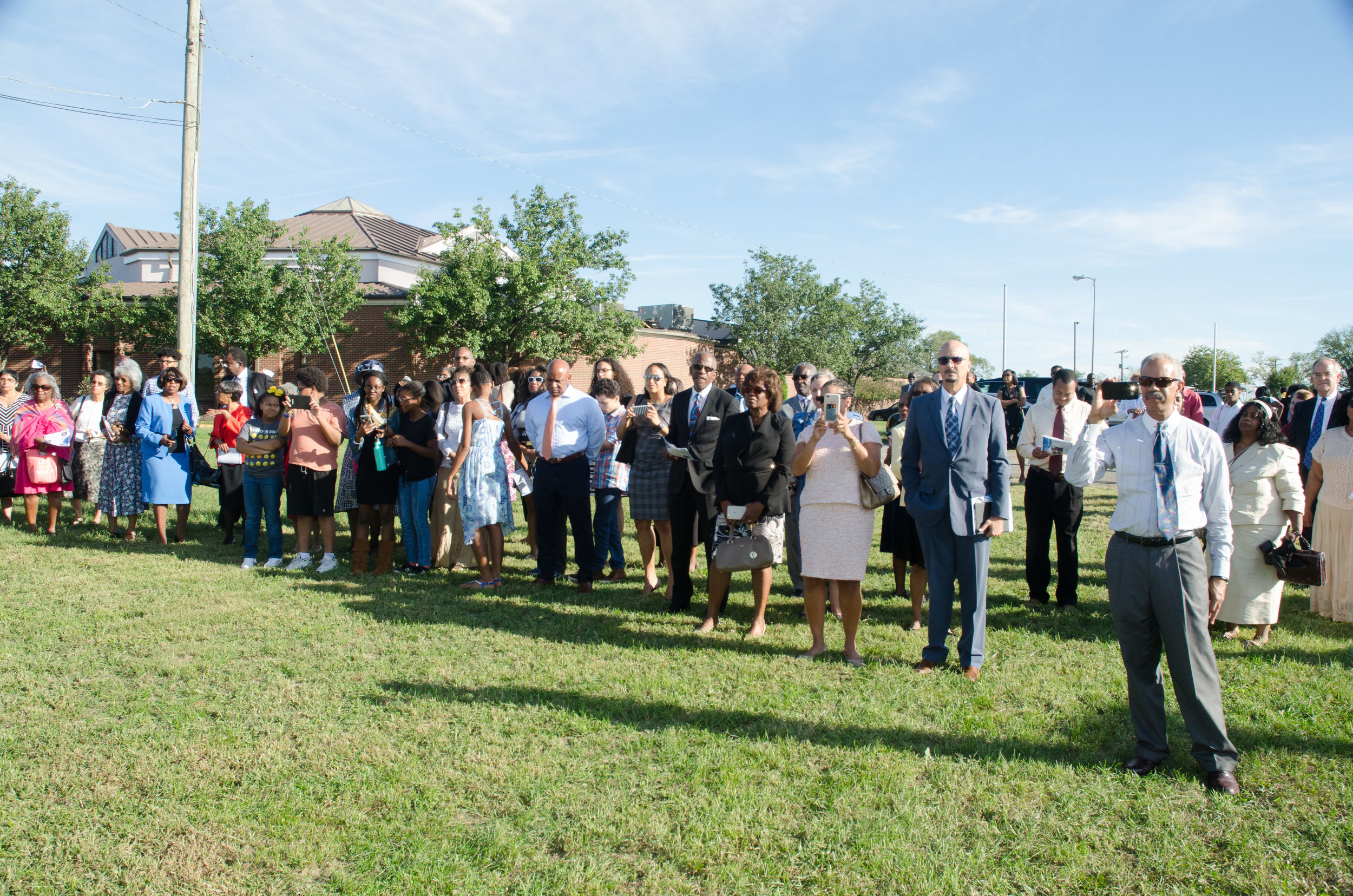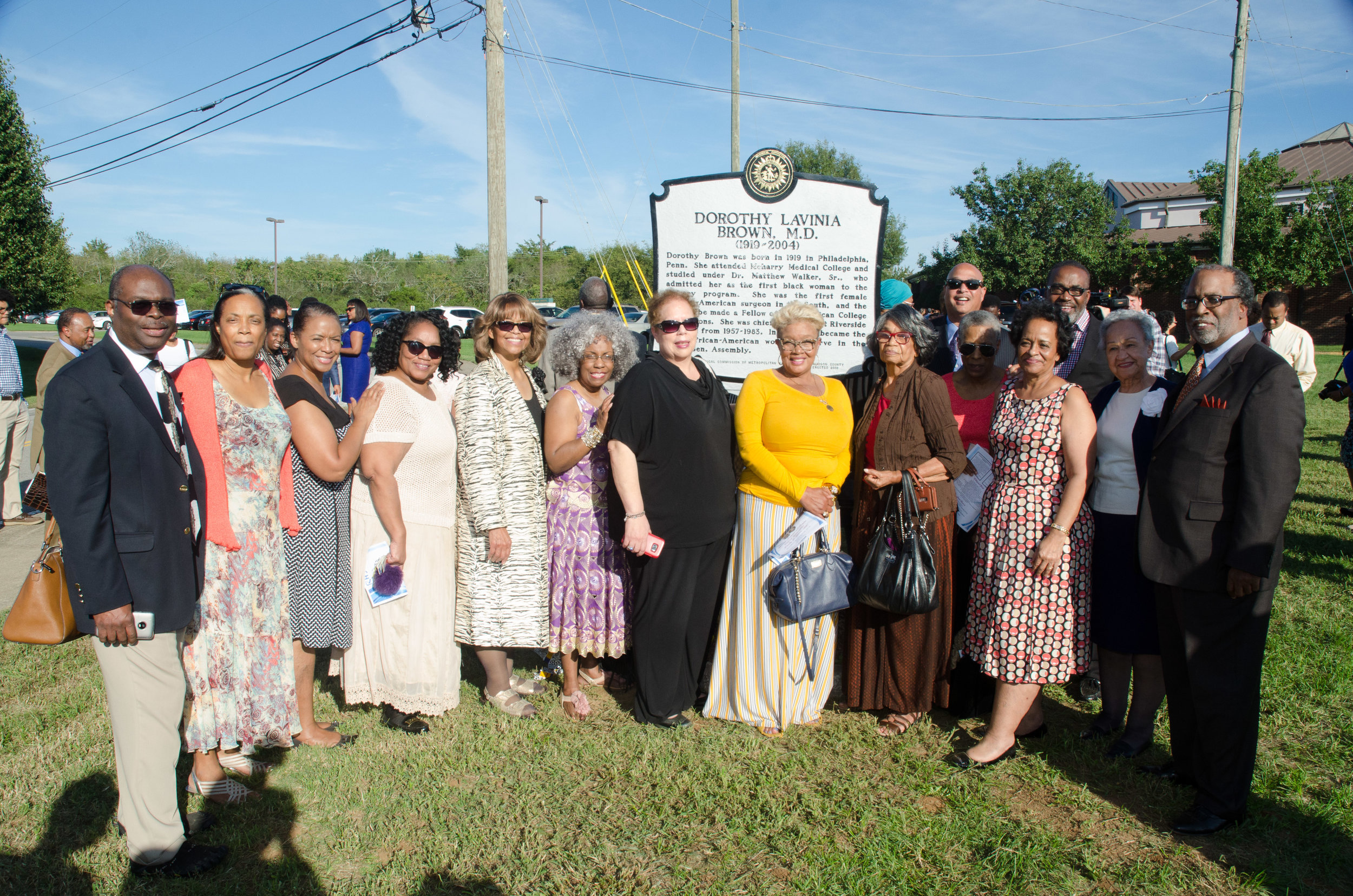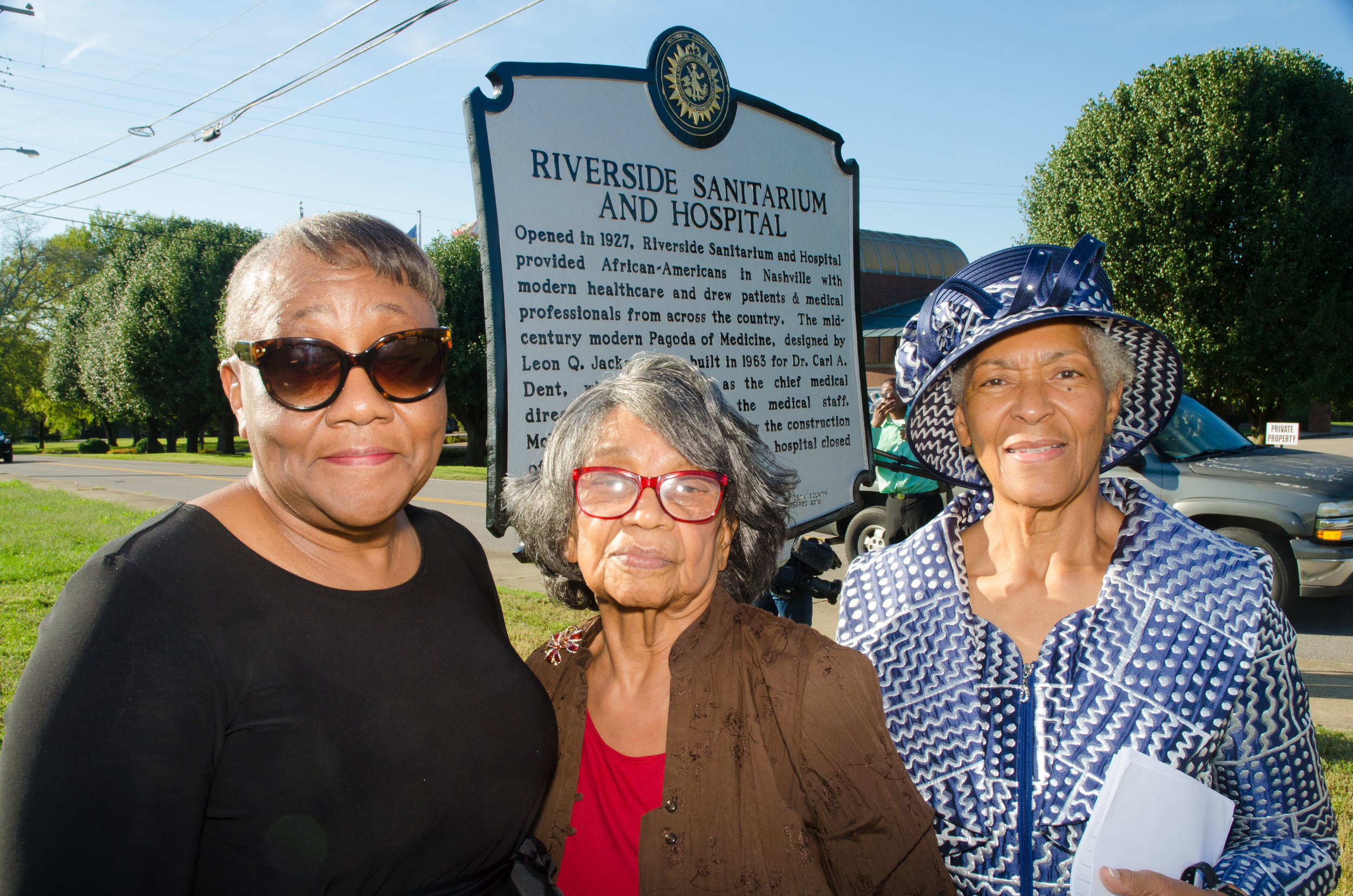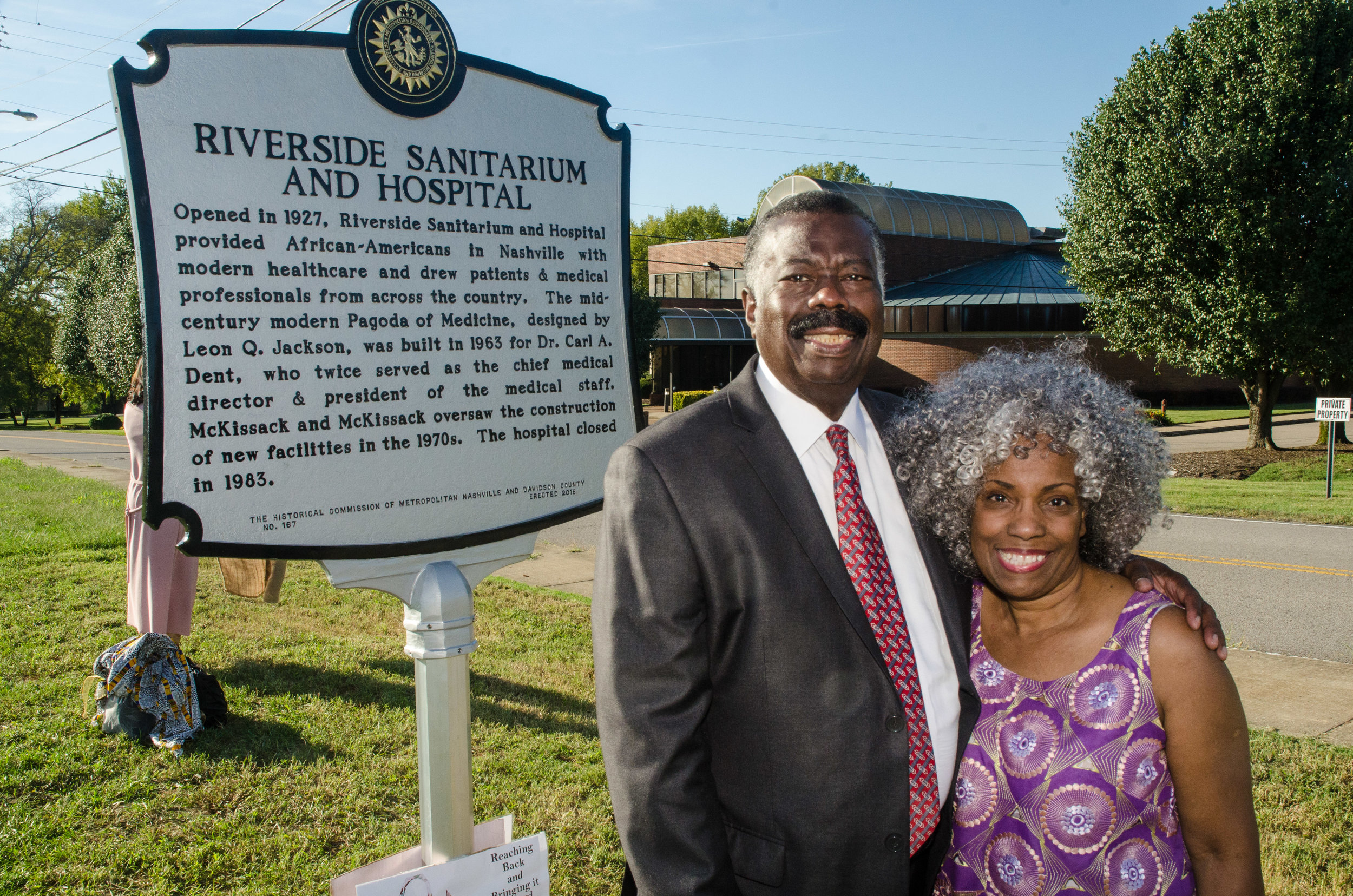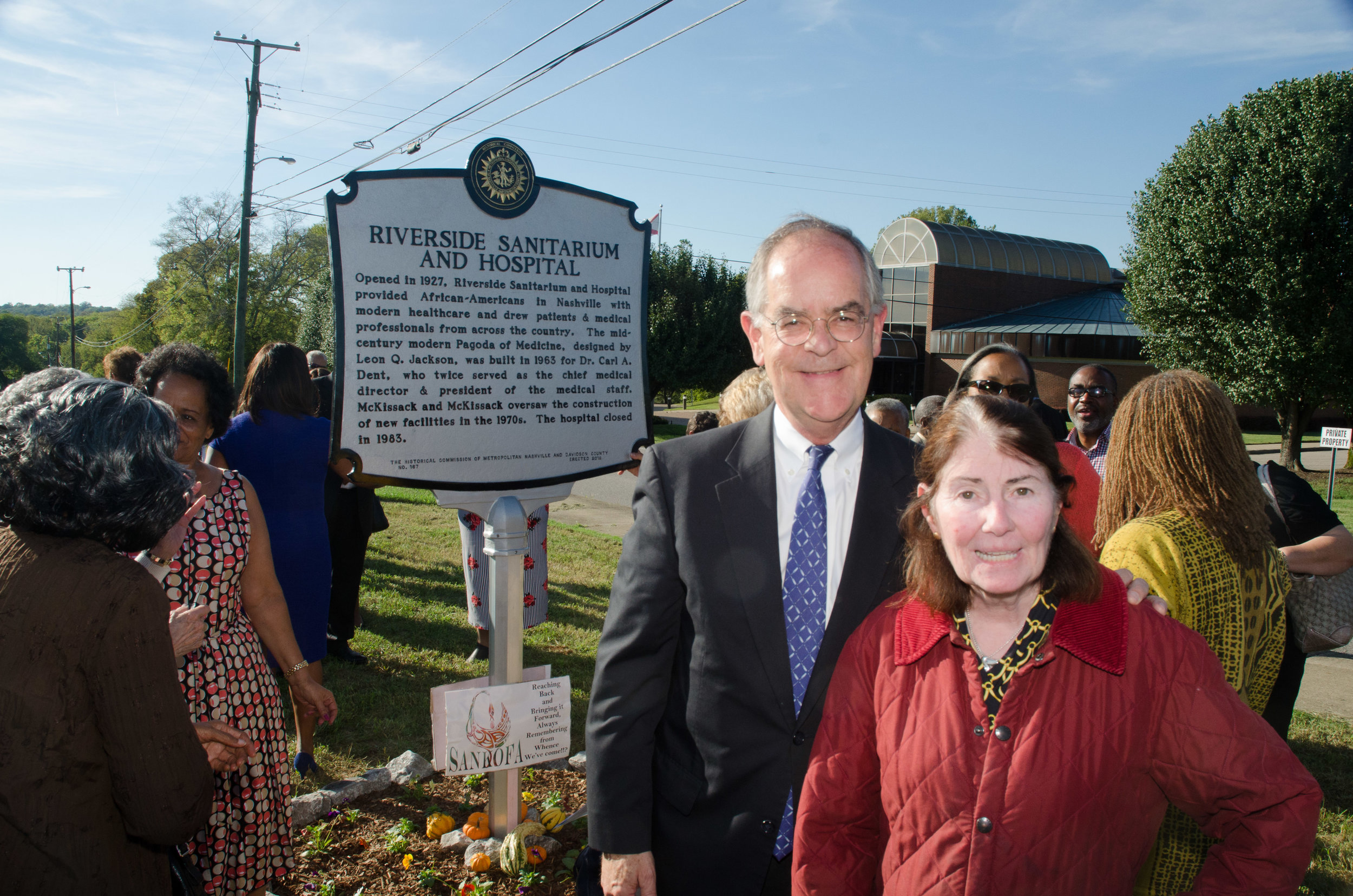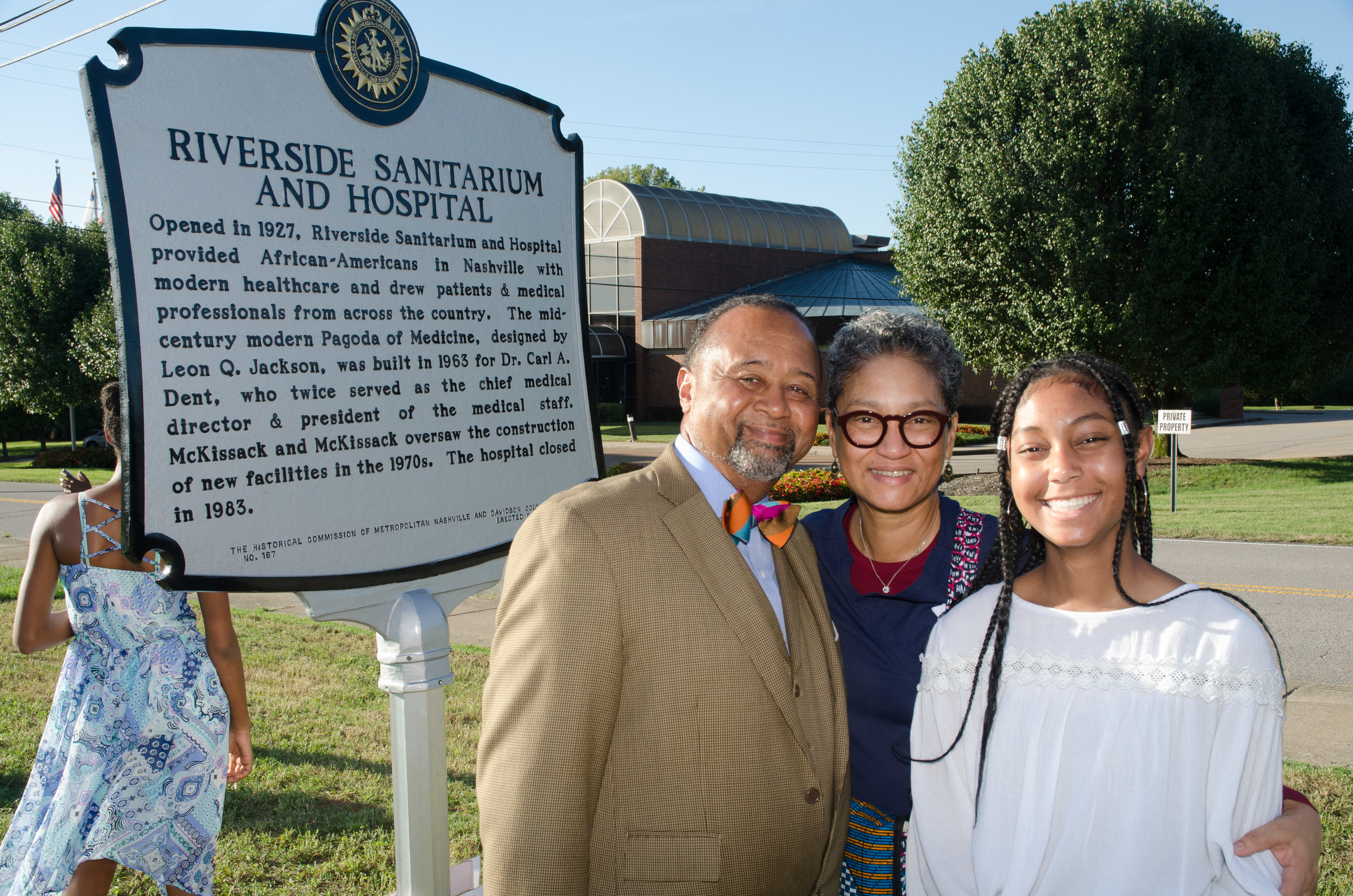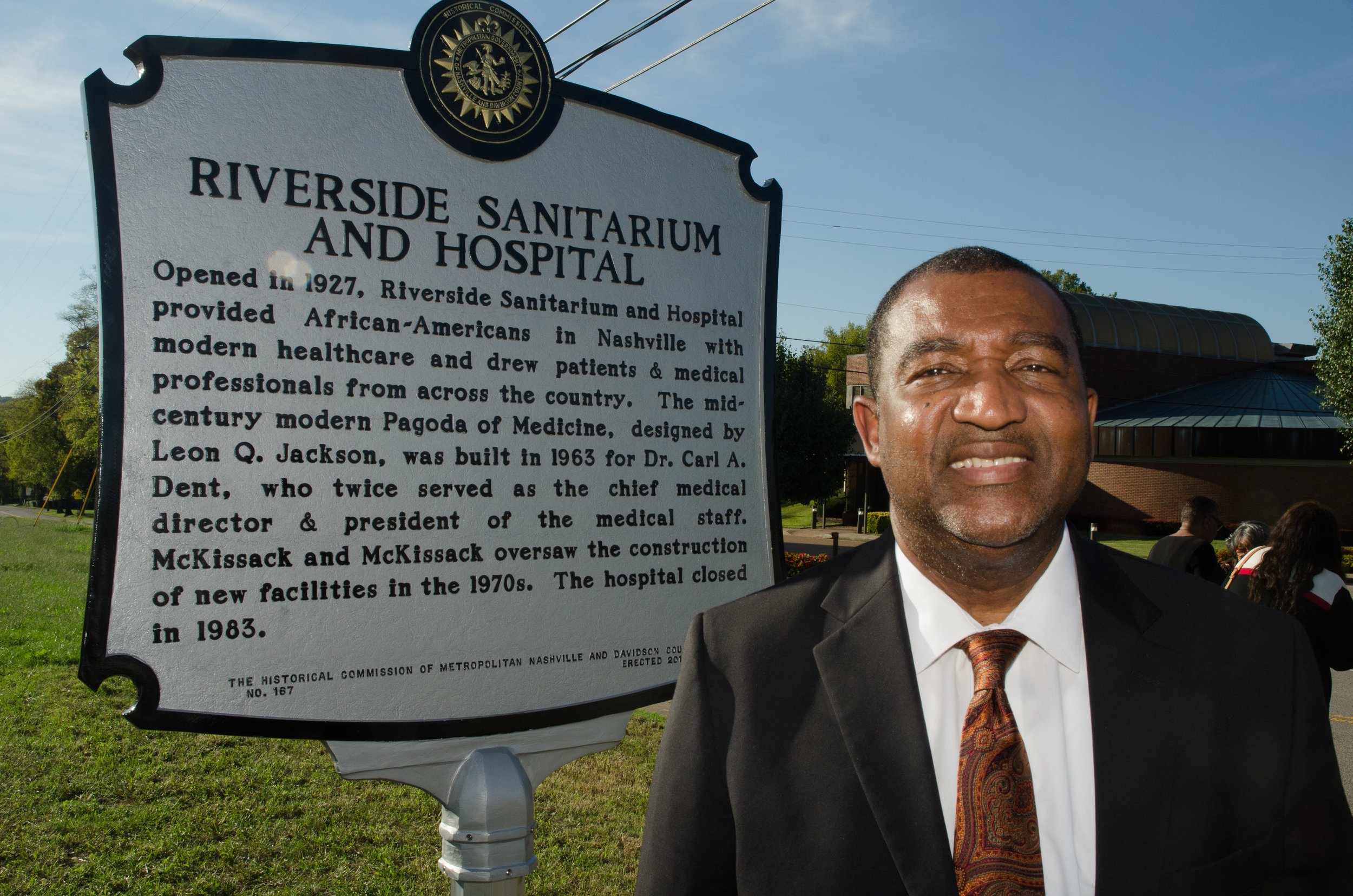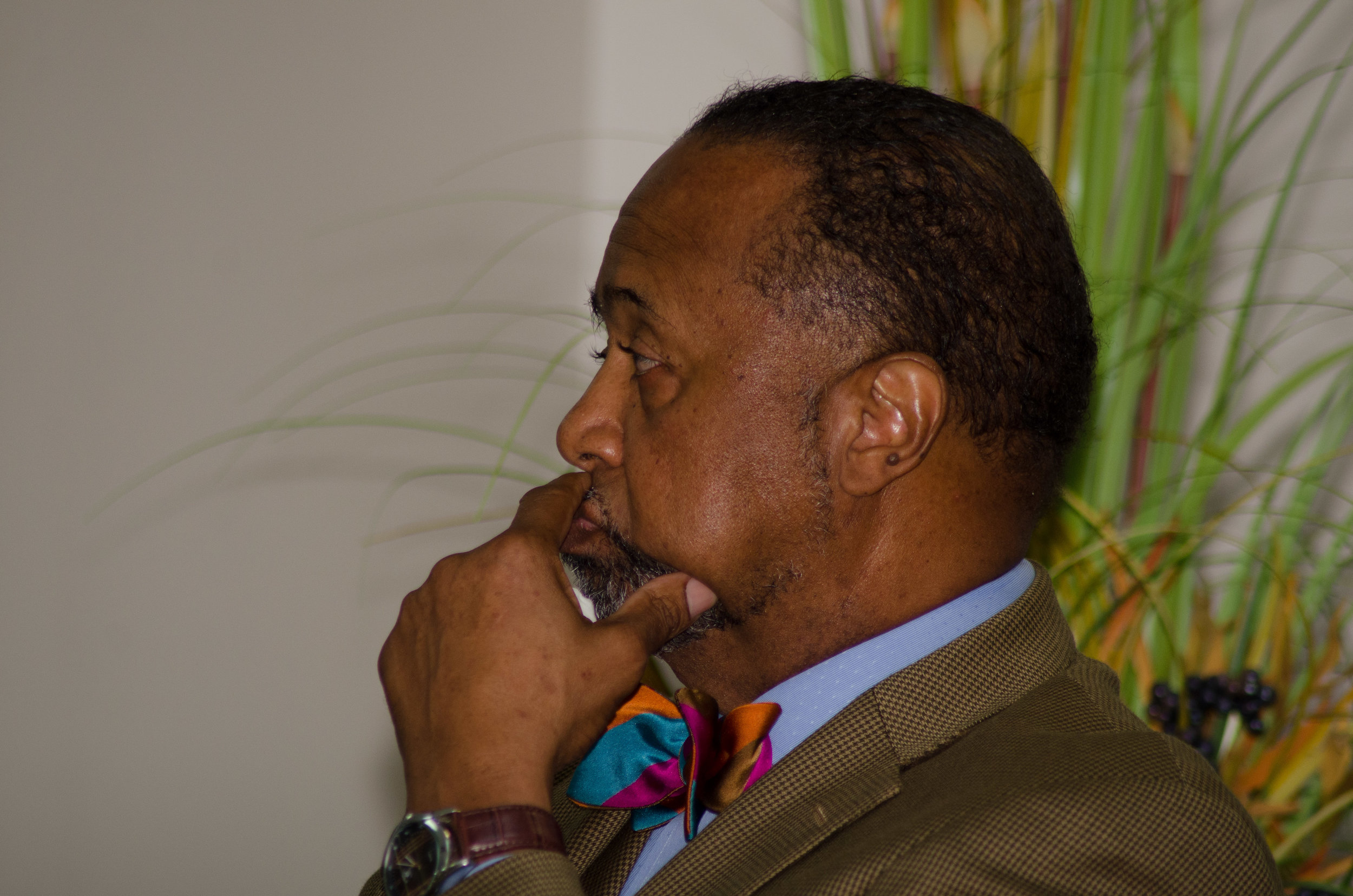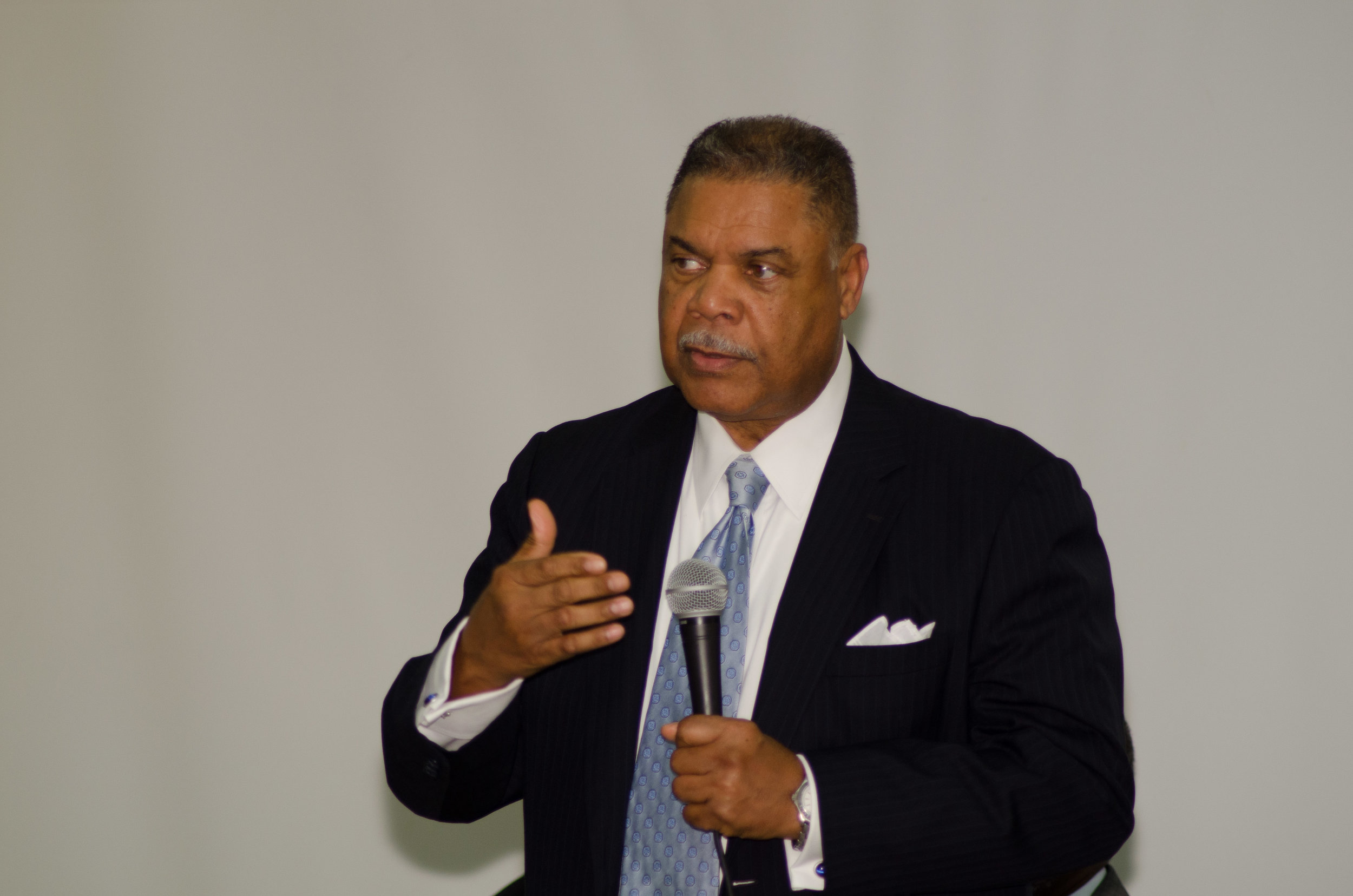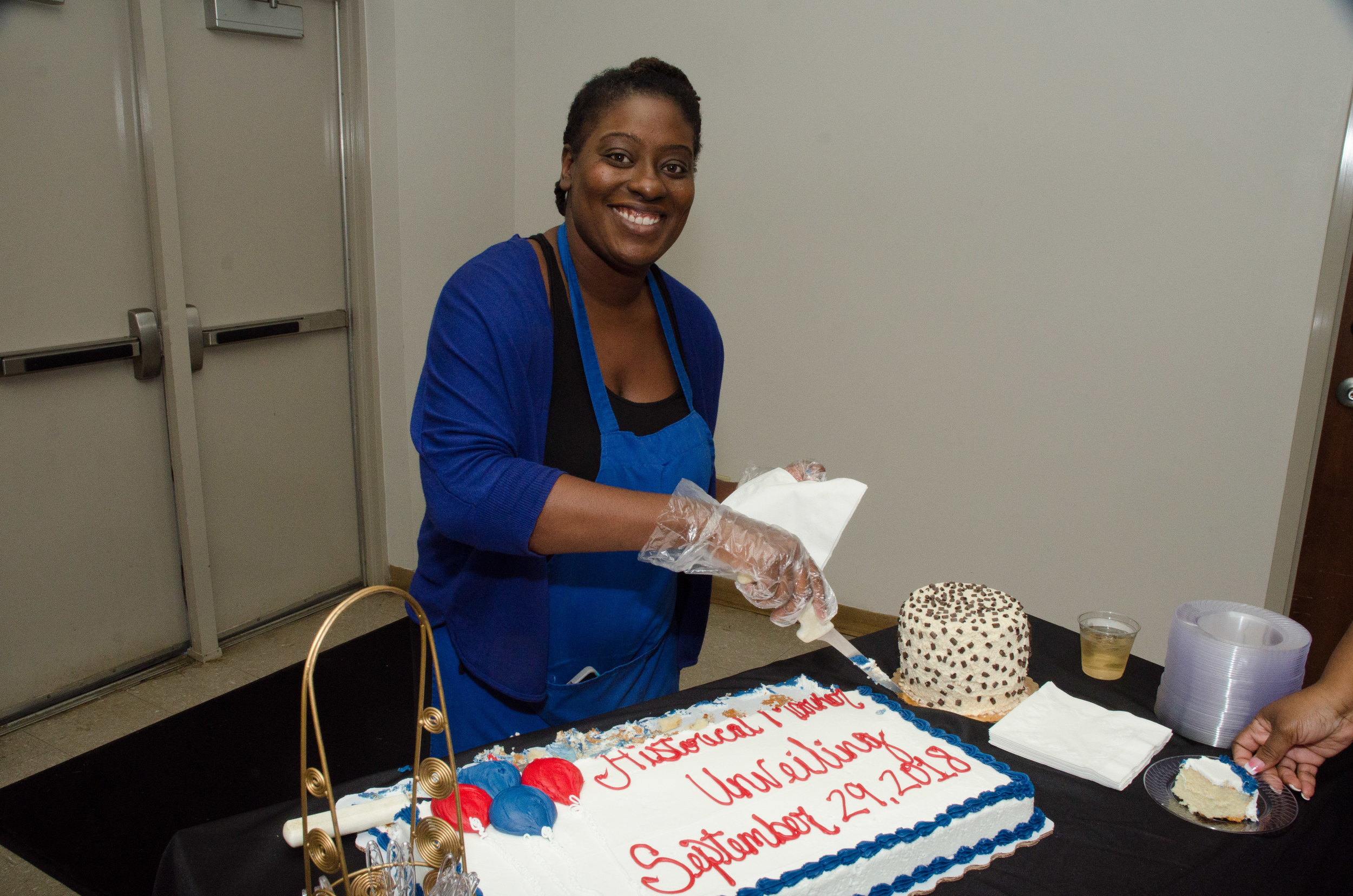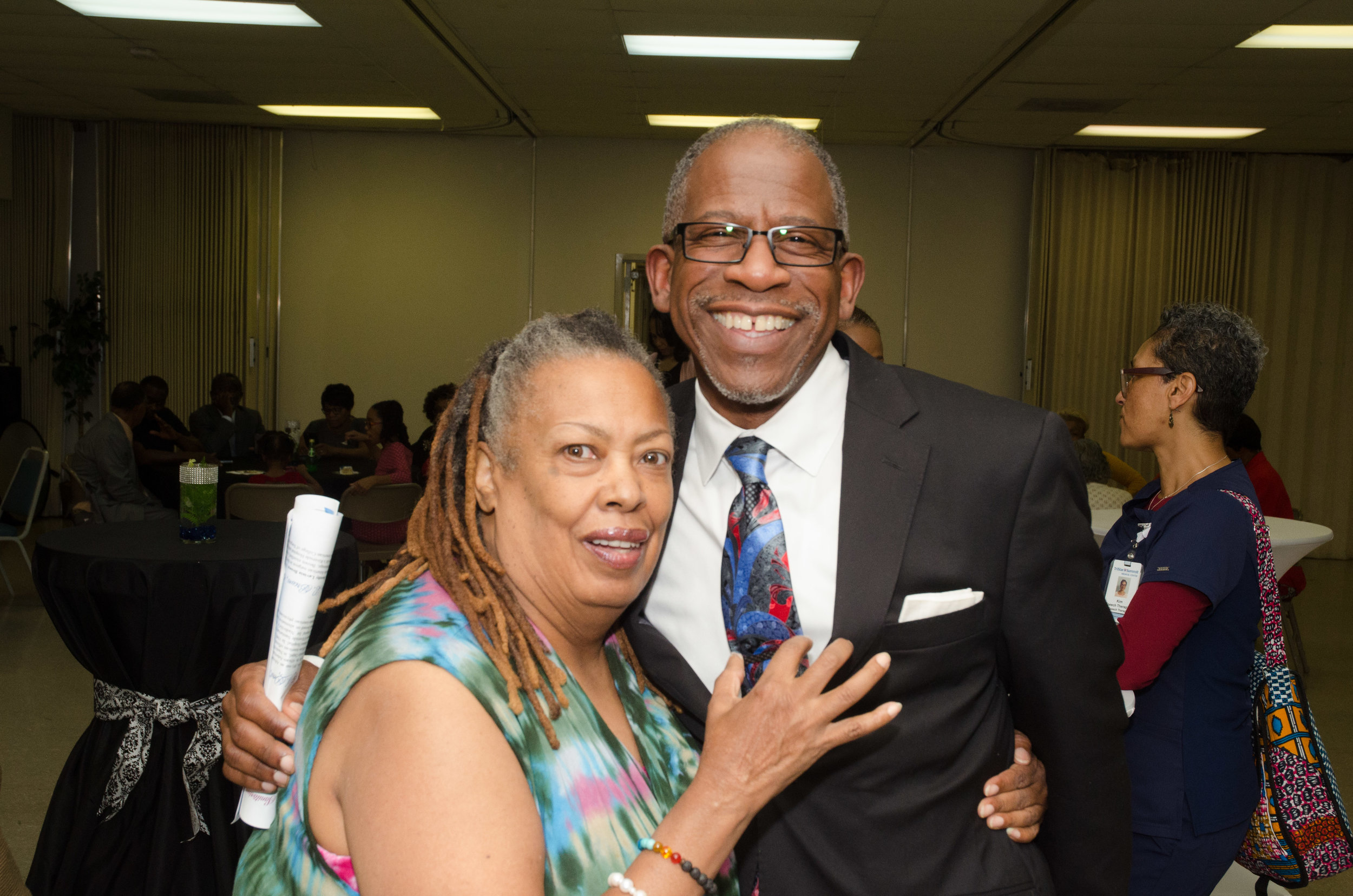Riverside Sanitarium and Hospital Historical Marker
In commemoration of Riverside Sanitarium and Hospital, now stands marker No. 167, erected by the Metropolitan Historical Commission for Nashville and Davidson County, in
conjunction with the Riverside Historical Society.
The formal unveiling of the historical marker, at the site on Youngs Lane, Nashville, Tennessee, was held September 29, 2018, preceded by a program held at the Riverside Nashville church.
WTVF-News Channel 5 was on hand for the event to film the unveiling and Riverside's own
Lucas Johnson filed a report for Southern Tidings.
U.S. Rep. Jim Cooper, who represents Tennessee’s 5th District, was among
community leaders and health care professionals in attendance.
During brief remarks at the program, Cooper acknowledged being “embarrassed” that he was unaware of Riverside Hospital’s rich history even though he grew up in Nashville.
“Oh my gosh, this is amazing. This is a history to recognize and to celebrate,” said Cooper.
Located on a high, rocky plateau at the bend of the Cumberland River in North Nashville, the Riverside Sanitarium expanded to a hospital in 1927 under the direction of Nellie H. Druillard. The facility, which focused on alternative therapies, served Nashville’s African American residents and attracted black physicians, nurses, and patients from across the country. Among the hospital’s physicians was Dr. Carl Ashley Dent, who became the facility’s medical director in 1940.
Dr. Peter Edmund Millet, executive vice president at Meharry Medical College,
also addressed the gathering. The keynote speaker was Womack H. Rucker Jr.,
the last administrator and president to serve Riverside Hospital.
Home to the School of Practical Nursing, Riverside Sanitarium and Hospital offered
a one-year program that brought students from many sections of the United States
who were eager to certify as bedside nurses and doctors’ assistants.
Alumni of the school as well as former patients, practitioners, staff, and employees of the hospital,
their relatives, and individuals who were born at Riverside also attended the ceremony,
which was kicked off by the Nashville Metro Titans Pathfinders.
Dr. Dorothy Lavinia Brown, chief of surgery at Riverside, was the first African-American
female surgeon in the Southern United States. Her daughter, Lola Brown, was among
the distinguished guests at the event. “This is a great moment,” said Lola.
Commissioners and staff from the Historical Commission agreed as
did Riverside senior pastor and first lady Furman and Jennifer Fordham.
Elder Charles E. Dudley, elected in 1962 as president of the South Central Conference of Seventh-day Adventist, served as president for thirty years and was an outspoken advocate for Riverside Hospital. The youngest of his and Etta Maycock Dudley’s three children, Albert Dudley, did the honors of unveiling the marker.
The day’s activities to commemorate the historical marker unveiling included
a fellowship meal and a forum on the current status of health care, which
preceded the program, and a reception that followed the unveiling.
Adventist Health System closed Riverside Hospital in 1983. But the Riverside
Historical Society is making sure that its legacy continues. During the program,
chairman Bennie Thompson presented flowers to Betty Slusher in recognition of
her encouragement and involvement with the Riverside Historical Society.
“So many people made sacrifices,” Thompson said. “This is about the sacrifices that were made and that going forward, we need to expect more out of each other and out of the people who come behind us.”
Photos by Michael Hubbard

